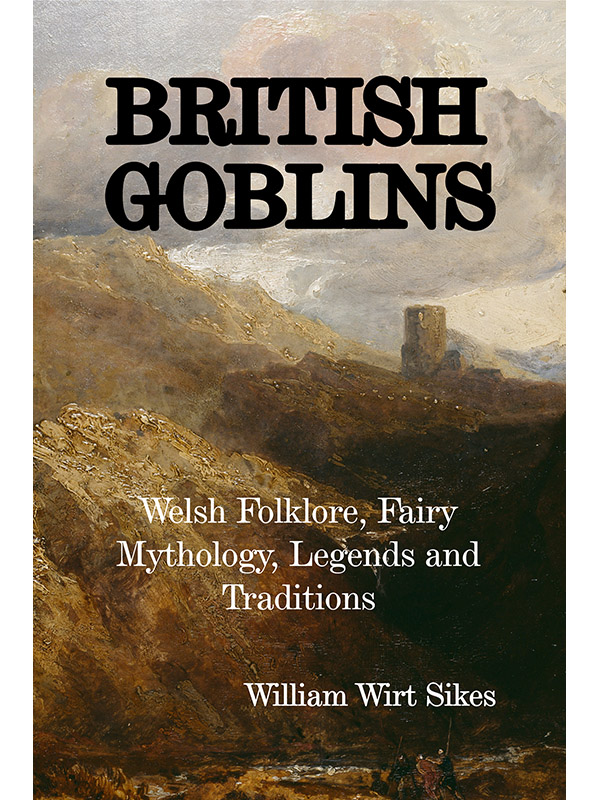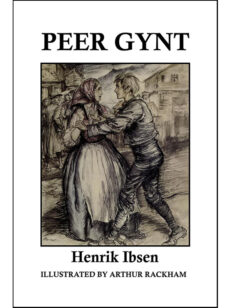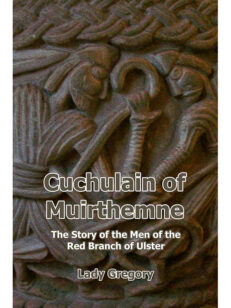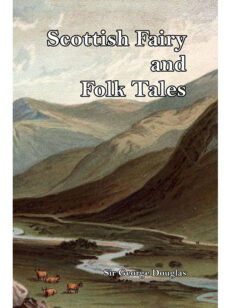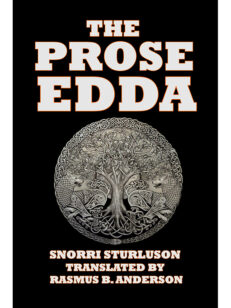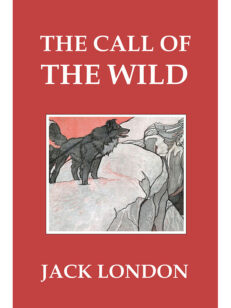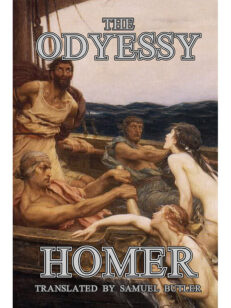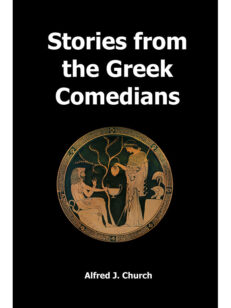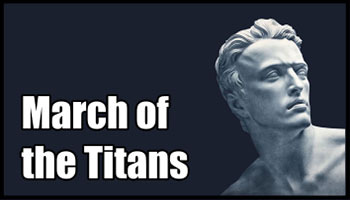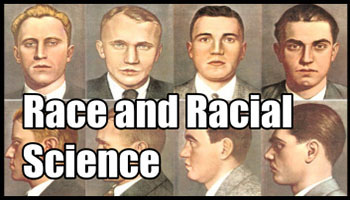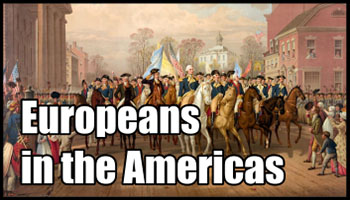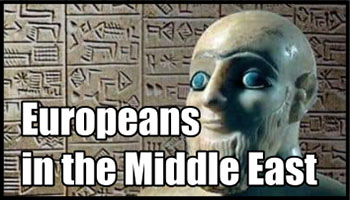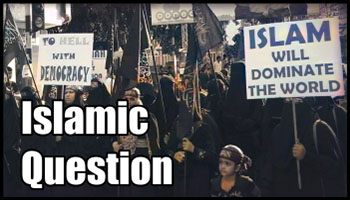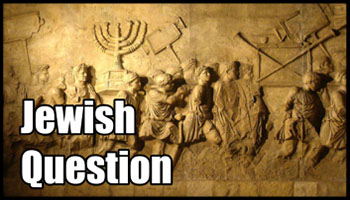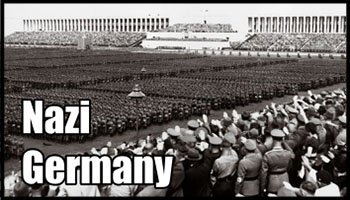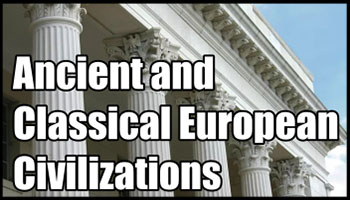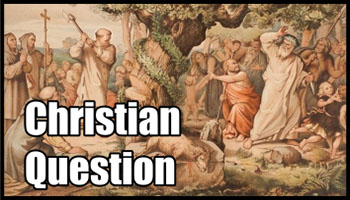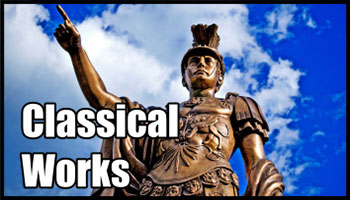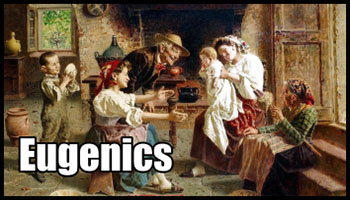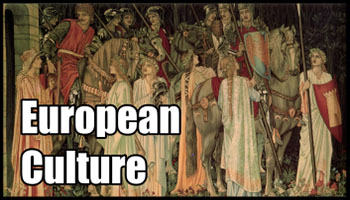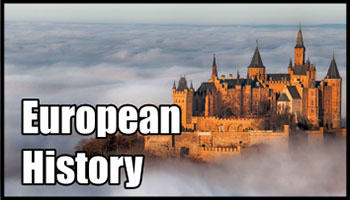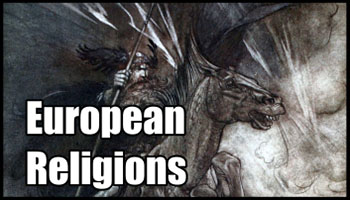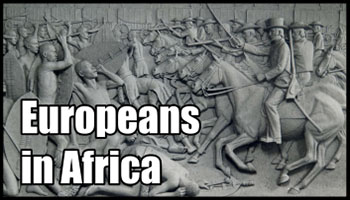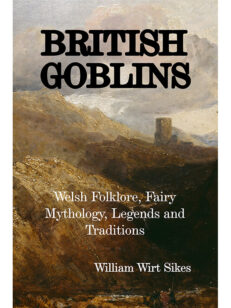Description
By William Wirt Sikes. One of the most beautiful and complete collections of stories, legends, myths, folktales, and traditions to ever emerge from Wales. Compiled by an American—the United States consul for Wales in the late nineteenth century—this volume was the work of several years’ labor.
Scouring the hills and valleys of Wales after falling in love with the land, the author wrote down the oral traditions, stories, myths, and legends related to him by the people he met on his travels. The result was a spectacular work, divided up into four sections: “Faerie Realm,” the “Spirit-World,” “Quaint Old Customs,” and “Bells, Wells, Stones, and Dragons.”
In this book, the reader will not only learn of the greatest Welsh legends (including King Arthur, Iolo ap Hugh, the Green Lady of Caerphilly), but also of the local fairy stories and even the superstitions of ancient—and not so ancient—Wales.
Rarely has a nation’s mythos and essence been so elegantly captured as in this work. The legacy of Welsh mythology and folklore has entered the vocabulary of modern English, and spread around the world, being some of the oldest tales in all Europe.
As the author states in his introduction:
“In a certain sense Wales may be spoken of as the cradle of fairy legend. It is not now disputed that from the Welsh were borrowed many of the first subjects of composition in the literature of all the cultivated peoples of Europe.”
This edition has been completely reset, contains the full text and all the wonderful—and hand restored—illustrations of the original work. It is a literary treasure of the first class.
About the author: William Wirt Sikes (1836–1883), was a journalist novelist, and career diplomat from Watertown, New York. After teaching himself typesetting and journalism, he worked for a number of local newspapers and published his first set of poems of tales in 1858. Moving to Chicago, he worked on the Chicago Evening Journal, before relocating to New York City in 1865, there writing for Harpers New Monthly Magazine, the Youth’s Companion, Oliver Optic’s Magazine, and the New York Sun. Three years later he became editor of the Nyack City and Country before being appointed as U.S. consul at Cardiff, Wales, in June 1876. He spent the rest of his life in Wales, where he achieved his greatest fame with his retelling of the myths and legends of that land.
Contents
BOOK I: The Realm of Faerie
CHAPTER I: Fairy Tales and the Ancient Mythology—The Compensations of Science—Existing Belief in Fairies in Wales—The Faith of Culture—The Credulity of Ignorance—The Old-Time Welsh Fairyland—The Fairy King—The Legend of St. Collen and Gwyn ap Nudd—The Green Meadows of the Sea—Fairies at Market—The Land of Mystery.
CHAPTER II: Classification of Welsh Fairies—General Designation—Habits of the Tylwyth Teg—Ellyllon, or Elves—Shakespeare’s Use of Welsh Folklore—Rowli Pugh and the Ellyll—Household Story Roots—The Ellylldan—The Pooka—Puck Valley, Breconshire—Where Shakespeare got his Puck—Pwca’r Trwyn—Usual Form of the Pooka Story—Coblynau, or Mine Fairies—The Knockers—Miners’ Superstitions—Basilisks and Fire Fiends—A Fairy Coal Mine—The Dwarfs of Cae Caled—Counterparts of the Coblynau—The Bwbach, or Household Fairy—Legend of the Bwbach and the Preacher—Bogies and Hobgoblins—Carrying Mortals through the Air—Counterparts and Originals.
CHAPTER III: Lake Fairies—The Gwragedd Annwn, or Dames of Elfin-Land—St. Patrick and the Welshmen; a Legend of Crumlyn Lake—The Elfin Cow of Llyn Barfog—Y Fuwch Laethwen Lefrith—The Legend of the Meddygon Myddfai—The Wife of Supernatural Race—The Three Blows; a Carmarthenshire Legend—Cheese and the Didactic Purpose in Welsh Folklore—The Fairy Maiden’s Papa—The Enchanted Isle in the Mountain Lake—Legend of the Men of Ardudwy—Origin of Water Fairies—Their prevalence in many Lands.
CHAPTER IV: Mountain Fairies—The Gwyllion—The Old Woman of the Mountain—The Black Mountain Gwyll—Exorcism by Knife—Occult Intellectual Powers of Welsh Goats—The Legend of Cadwaladr’s Goat.
CHAPTER V: Changelings—The Plentyn-newid—The Cruel Creed of Ignorance Regarding Changelings—Modes of Ridding the House of the Fairy Child—The Legend of the Frugal Meal—Legend of the Place of Strife—Dewi Dal and the Fairies—Prevention of Fairy Kidnapping—Fairies Caught in the Act by Mothers—Piety as an Exorcism.
CHAPTER VI: Living with the Tylwyth Teg—The Tale of Elidurus—Shuï Rhys and the Fairies—St. Dogmell’s Parish, Pembrokeshire—Dancing with the Ellyllon—The Legend of Rhys and Llewellyn—Death from joining in the Fairy Reel—Legend of the Bush of Heaven—The Forest of the Magic Yew—The Tale of Twm and Iago—Taffy ap Sion, a Legend of Pencader—The Traditions of Pant Shon Shenkin—Tudur of Llangollen; the Legend of Nant yr Ellyllon—Polly Williams and the Trefethin Elves—The Fairies of Frennifawr—Curiosity Tales—The Fiend Master—Iago ap Dewi—The Original of Rip van Winkle.
CHAPTER VII: Fairy Music—Birds of Enchantment—The Legend of Shon ap Shenkin—Harp-Music in Welsh Fairy Tales—Legend of the Magic Harp—Songs and Tunes of the Tylwyth Teg—The Legend of Iolo ap Hugh—Mystic Origin of an old Welsh Air.
CHAPTER VIII: Fairy Rings—The Prophet Jones and his Works—The Mysterious Language of the Tylwyth Teg—The Horse in Welsh Folklore—Equestrian Fairies—Fairy Cattle, Sheep, Swine, etc.—The Flying Fairies of Bedwellty—The Fairy Sheepfold at Cae’r Cefn.
CHAPTER IX: Piety as a Protection from the Seductions of the Tylwyth Teg—Various Exorcisms—Cock-crowing—The Name of God—Fencing off the Fairies—Old Betty Griffith and her Eithin Barricade—Means of Getting Rid of the Tylwyth Teg—The Bwbach of the Hendrefawr Farm—The Pwca’r Trwyn’s Flitting in a Jug of Barm.
CHAPTER X: Fairy Money and Fairy Gifts in General—The Story of Gitto Bach, or Little Griffith—The Penalty of Blabbing—Legends of the Shepherds of Cwm Llan—The Money Value of Kindness—Ianto Llewellyn and the Tylwyth Teg—The Legend of Hafod Lwyddog—Lessons inculcated by these Superstitions.
CHAPTER XI: Origins of Welsh Fairies—The Realistic Theory—Legend of the Baron’s Gate—The Red Fairies—The Trwyn Fairy a Proscribed Nobleman—The Theory of Hiding Druids—Colour in Welsh Fairy Attire—The Green Lady of Caerphilly—White the Favourite Welsh Hue—Legend of the Prolific Woman—The Poetico-Religious Theory—The Creed of Science.
BOOK II: The Spirit-World
CHAPTER I: Modern Superstition regarding Ghosts—American ‘Spiritualism’—Welsh Beliefs—Classification of Welsh Ghosts—Departed Mortals—Haunted Houses—Lady Stradling’s Ghost—The Haunted Bridge—The Legend of Catrin Gwyn—Didactic Purpose in Cambrian Apparitions—An Insulted Corpse—Duty-performing Ghosts—Laws of the Spirit-World—Cadogan’s Ghost.
CHAPTER II: Household Ghosts and Hidden Treasures—The Miser of St. Donat’s—Anne Dewy’s Ghost—The Ghost on Horseback—Hidden Objects of Small Value—Transportation through the Air—From Breconshire to Philadelphia, Pa., in Thirty-Six Hours—Sir David Llwyd, the Magician—The Levitation of Walter Jones—Superstitions regarding Hares—The Legend of Monacella’s Lambs—Aerial Transportation in Modern Spiritualism—Exorcising Household Ghosts—The Story of Haunted Margaret.
CHAPTER III: Spectral Animals—The Chained Spirit—The Gwyllgi, or Dog of Darkness—The Legend of Lisworney-Crossways—The Gwyllgi of the Devil’s Nags—The Dog of Pant y Madog—Terrors of the Brute Creation at Phantoms—Apparitions of Natural Objects—Phantom Ships and Phantom Islands.
CHAPTER IV: Grotesque Ghosts—The Phantom Horseman—Gigantic Spirits—The Black Ghost of Ffynon yr Yspryd—Black Men in the Mabinogion—Whirling Ghosts—Antic Spirits—The Tridoll Valley Ghost—Resemblance to Modern Spiritualistic Performances—Household Fairies.
CHAPTER V: Familiar Spirits—The Famous Sprite of Trwyn Farm—Was it a Fairy?—The Familiar Spirits of Magicians—Sir David Llwyd’s Demon—Familiar Spirits in Female Form—The Legend of the Lady of the Wood—The Devil as a Familiar Spirit—His Disguises in this Character—Summoning and Exorcising Familiars—Jenkin the Pembrokeshire Schoolmaster—The Terrible Tailor of Glanbran.
CHAPTER VI: The Evil Spirit in his customary Form—The stupid Medieval Devil in Wales—Sion Cent—The Devil outwitted—Pacts with the Fiend and their Avoidance—Sion Dafydd’s Foul Pipe—The Devil’s Bridge and its Legends—Similar Legends in other Lands—The Devil’s Pulpit near Tintern—Angelic Spirits—Welsh Superstitions as to pronouncing the Name of the Evil Spirit—The Bardic Tradition of the Creation—The Struggle between Light and Darkness and its Symbolization.
CHAPTER VII: Cambrian Death-Portents—The Corpse-Bird—The Tan-Wedd—Listening at the Church-Door—The Lledrith—The Gwrach y Rhibyn—The Llandaff Gwrach—Ugliness of this Female Apparition—The Black Maiden—The Cyhyraeth, or Crying Spirit—Its Moans on Land and Sea—The St. Mellons Cyhyraeth—The Groaning Spirit of Bedwellty.
CHAPTER VIII: The Tolaeth Death Portent—Its various Forms—The Tolaeth before Death—Ewythr Jenkin’s Tolaeth—A modern Instance—The Railway Victim’s Warning—The Goblin Voice—The Voice from the Cloud—Legend of the Lord and the Beggar—The Goblin Funeral—The Horse’s Skull—The Goblin Veil—The Wraith of Llanllwch—Dogs of Hell—The Tale of Pwyll—Spiritual Hunting Dogs—Origin of the Cwn Annwn.
CHAPTER IX: The Corpse Candle—Its Peculiarities—The Woman of Caerau—Grasping a Corpse Candle—The Crwys Candle—Lights issuing from the Mouth—Jesting with the Canwyll Corph—The Candle at Pontfaen—The Three Candles at Golden Grove—Origin of Death-Portents in Wales—Degree of Belief Prevalent at the Present Day—Origin of Spirits in General—The Supernatural—The Question of a Future Life.
BOOK III: Quaint Old Customs
CHAPTER I: Serious Significance of Seemingly Trivial Customs—Their Origins—Common Superstitions—The Age We Live in—Days and Seasons—New Year’s Day—The Apple Gift—Lucky Acts on New Year’s Morning—The First Foot—Showmen’s Superstitions—Levy Dew Song—Happy New Year Carol—Twelfth Night—The Mari Lwyd—The Penglog—The Cutty Wren—Tooling and Sowling—St. Valentine’s Day—St. Dewi’s Day—The Wearing of the Leek—The Traditional St. David—St. Patrick’s Day—St. Patrick a Welshman—Shrove Tuesday.
CHAPTER II: Sundry Lenten Customs—Mothering Sunday—Palm Sunday—Flowering Sunday—Walking Barefoot to Church—Spiritual Potency of Buns—Good Friday Superstitions—Making Christ’s Bed—Bad Odour of Friday—Unlucky Days—Holy Thursday—The Eagle of Snowdon—New Clothing at Easter—Lifting—The Crown of Porcelain—Stocsio—Ball-Playing in Churchyards—The Tump of Lies—Dancing in Churchyards—Seeing the Sun Dance—Calan Ebrill, or All Fools’ Day—May Day—The Welsh Maypole—The Daughter of Lludd Llaw Ereint—Carrying the Kings of Summer and Winter.
CHAPTER III: Midsummer Eve—The Druidic Ceremonies at Pontypridd—The Snake Stone—Beltane Fires—Fourth of July Fires in America—St. Ulric’s Day—Carrying Cynog—Marketing on Tombstones—The First Night of Winter—The Three Nights for Spirits—The Tale of Thomas Williams the Preacher—All Hallows Eve Festivities—Running through Fire—Quaint Border Rhymes—The Puzzling Jug—Bobbing for Apples—The Fiery Features of Guy Fawkes’ Day—St. Clement’s Day—Stripping the Carpenter.
CHAPTER IV: Nadolig, the Welsh Christmas—Bell-Ringing—Carols—Dancing to the Music of the Waits—An Evening in Carmarthenshire—Shenkin Harry, the Preacher, and the Jig Tune—Welsh Morality—Eisteddfodau—Decorating Houses and Churches—The Christmas Thrift-box—The Colliers’ Star—The Plygain—Pagan Origin of Christmas Customs.
CHAPTER V: Courtship and Marriage—Planting Weeds and Rue on the Graves of Old Bachelors—Special Significance of Flowers in Connection with Virginity—The Welsh Venus—Bundling, or Courting Abed—Kissing Schools—Rhamanta—Lovers’ Superstitions—The Maid’s Trick—Dreaming on a Mutton Bone—Wheat and Shovel—Garters in a Lovers’ Knot—Eggshell Cake—Sowing Leeks—Twca and Sheath.
CHAPTER VI: Wedding Customs—The Bidding—Forms of Cymmhorth—The Gwahoddwr—Horse-Weddings—Stealing a Bride—Obstructions to the Bridal Party—The Gwyntyn—Chaining—Evergreen Arches—Strewing Flowers—Throwing Rice and Shoes—Rosemary in the Garden—Names after Marriage—The Coolstrin—The Ceffyl Pren.
CHAPTER VII: Death and Burial—The Gwylnos—Beer-drinking at Welsh Funerals—Food and Drink over the Coffin—Sponge Cakes at Modern Funerals—The Sin-eater—Welsh Denial that this Custom ever existed—The Testimony Concerning it—Superstitions Regarding Salt—Plate of Salt on Corpse’s Breast—The Scapegoat—The St. Tegla Cock and Hen—Welsh Funeral Processions—Praying at Crossroads—Superstition regarding Criminals’ Graves—Hanging and Welsh Prejudice—The Grassless Grave—Parson’s Penny, or Offrwm—Old Shoes to the Clerk—Arian y Rhaw, or Spade Money—Burials without Coffin—The Sul Coffa—Planting and Strewing Graves with Flowers.
BOOK IV: Bells, Wells, Stones, and Dragons
CHAPTER I: Base of the Primeval Mythology—Bells and their Ghosts—The Bell that Committed Murder and was Damned for it—The Occult Powers of Bells—Their Work as Detectives, Doctors, etc.—Legend of the Bell of Rhayader—St. Illtyd’s Wonderful Bell—The Golden Bell of Llandaff.
CHAPTER II: Mystic Wells—Their Good and Bad Dispositions—St. Winifred’s Well—The Legend of St. Winifred—Miracles—St. Tecla’s Well—St. Dwynwen’s—Curing Love-sickness—St. Cynfran’s—St. Cynhafal’s—Throwing Pins in Wells—Warts—Barry Island and its Legends—Ffynon Gwynwy—Propitiatory Gifts to Wells—The Dreadful Cursing Well of St. Elian’s—Wells Flowing with Milk—St. Illtyd’s—Taff’s Well—Sanford’s Well—Origins of Superstitions of this Class.
CHAPTER III: Personal Attributes of Legendary Welsh Stones—Stone Worship—Canna’s Stone Chair—Miraculous Removals of Stones—The Walking Stone of Eitheinn—The Thigh Stone—The Talking Stone in Pembrokeshire—The Expanding Stone—Magic Stones in the Mabinogion—The Stone of Invisibility—The Stone of Remembrance—Stone Thief-catchers—Stones of Healing—Stones at Crossroads—Memorials of King Arthur—Round Tables, Carns, Pots, etc.—Arthur’s Quoits—The Gigantic Rock-tossers of Old—Mol Walbec and the Pebble in her Shoe—The Giant of Trichrug—Giants and the Mythology of the Heavens—The Legend of Rhitta Gawr.
CHAPTER IV: Early Inscribed Stones—The Stone Pillar of Banwan Bryddin, near Neath—Catastrophe Accompanying its Removal—The Sagranus Stone and the White Lady—The Dancing Stones of Stackpool—Human Beings Changed to Stones—St. Ceyna and the Serpents—The Devil’s Stone at Llanarth—Rocking Stones and their Accompanying Superstitions—The Suspended Altar of Loin-Garth—Cromlechs and Their Fairy Legends—The Fairies’ Castle at St. Nicholas, Glamorganshire—The Stone of the Wolf Bitch—The Welsh Melusina—Parc-y-Bigwrn Cromlech—Connection of these Stones with Ancient Druidism.
CHAPTER V: Baleful Spirits of Storm—The Shower at the Magic Fountain—Obstacles in the Way of Treasure-Seekers—The Red Lady of Paviland—The Fall of Coychurch Tower—Thunder and Lightning evoked by Digging—The Treasure-Chest under Moel Arthur in the Vale of Clwyd—Modern Credulity—The Cavern of the Ravens—The Eagle-guarded Coffer of Castell Coch—Sleeping Warriors as Treasure-Guarders—The Dragon which St. Samson Drove out of Wales—Dragons in the Mabinogion—Whence came the Red Dragon of Wales?—The Original Dragon of Mythology—Prototypes of the Welsh Caverns and Treasure-Hills—The Goblins of Electricity.
Index
325 pages. Paperback.

